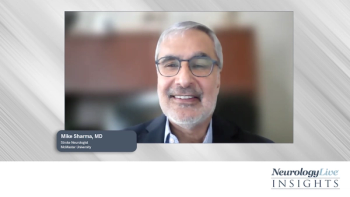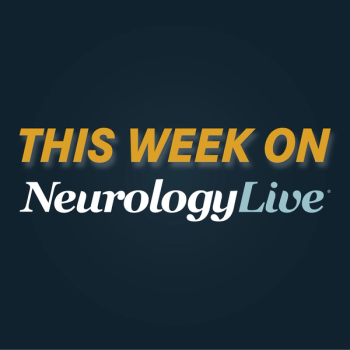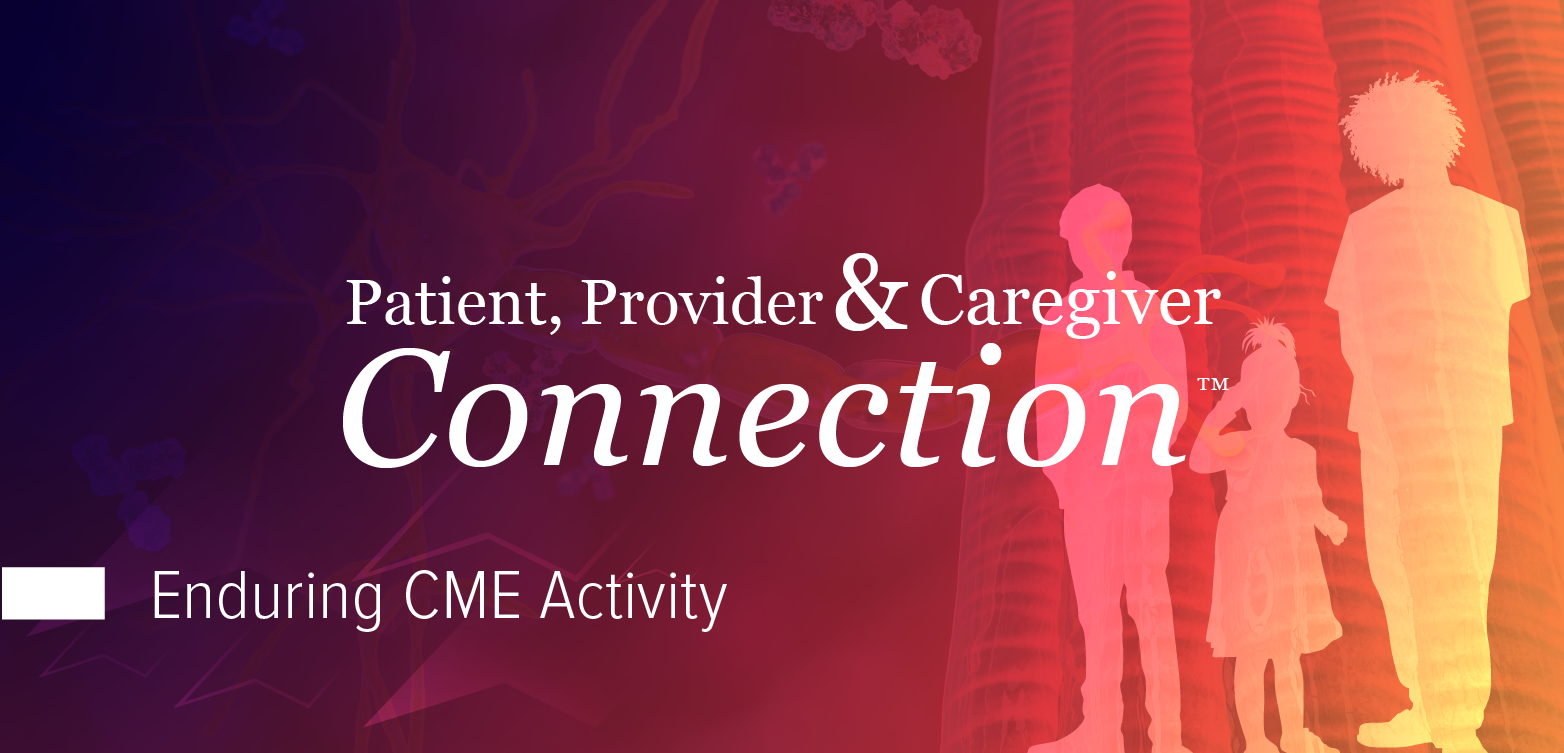
Patients Voicing Key Needs for Migraine Care and Advocacy: Elizabeth W. Leroux, MD, FRCPC
The neurologist and headache specialist at the Montreal Neurological Clinic spoke about a recent national survey presented at AHS 2025 that revealed insightful patient perspectives in migraine. [WATCH TIME: 5 minutes]
WATCH TIME: 5 minutes
"The key messages were about empowerment, breaking down stigma, seeking care, gaining access to care, and continuing to try new treatment options. I think this is an encouragement for us that, first, our strategic plan is good—so we’ll keep working."
Prior research has reported that migraine affects approximately between 8.3% and 10.2% of Canadians, with the highest prevalence observed during prime working years. It is also known as a leading cause of disability in those aged under 50 years.1 The condition can carry a substantial humanistic and economic burden because of its association with chronic conditions, reduced work productivity, and increased health care use. Both pharmacological treatments and nonpharmacological approaches, such as cognitive behavioral therapy and exercise, have been shown to help alleviate symptoms and improve health-related quality of life.
At the
Leroux, a neurologist and headache specialist at the Montreal Neurological Clinic, sat down for an interview with NeurologyLive® during the meeting to provide greater depth on the results from the nationwide survey. In the conversation, she noted that the survey captured both quantitative and qualitative data. She talked about the common themes that the open-ended responses revealed from the survey, offering insights into the importance of listening to patient voices and using their lived experiences to inform clinical practice, advocacy efforts, and health policy planning.
REFERENCES
1. Tam ACT, Naik H, Trenaman L, Lynd L, Zhang W. Health-related quality of life among women and men living with migraine: a Canada-wide cross-sectional study. J Headache Pain. 2024;25(1):170. Published 2024 Oct 9. doi:10.1186/s10194-024-01882-4
2. Leroux EW. A thematic analysis of 1119 Canadian livings with migraine: advice and key messages for young people with migraine, health care providers, and policy makers. Presented at: 2025 AHS Annual Meeting; June 19-22; Minneapolis, MN. OR-08.
Newsletter
Keep your finger on the pulse of neurology—subscribe to NeurologyLive for expert interviews, new data, and breakthrough treatment updates.



































